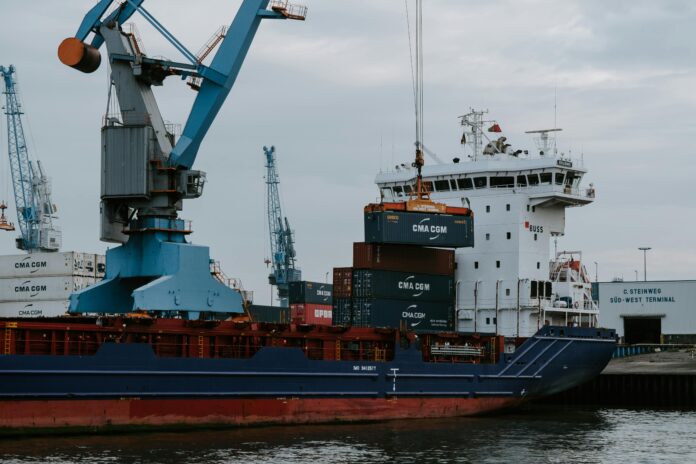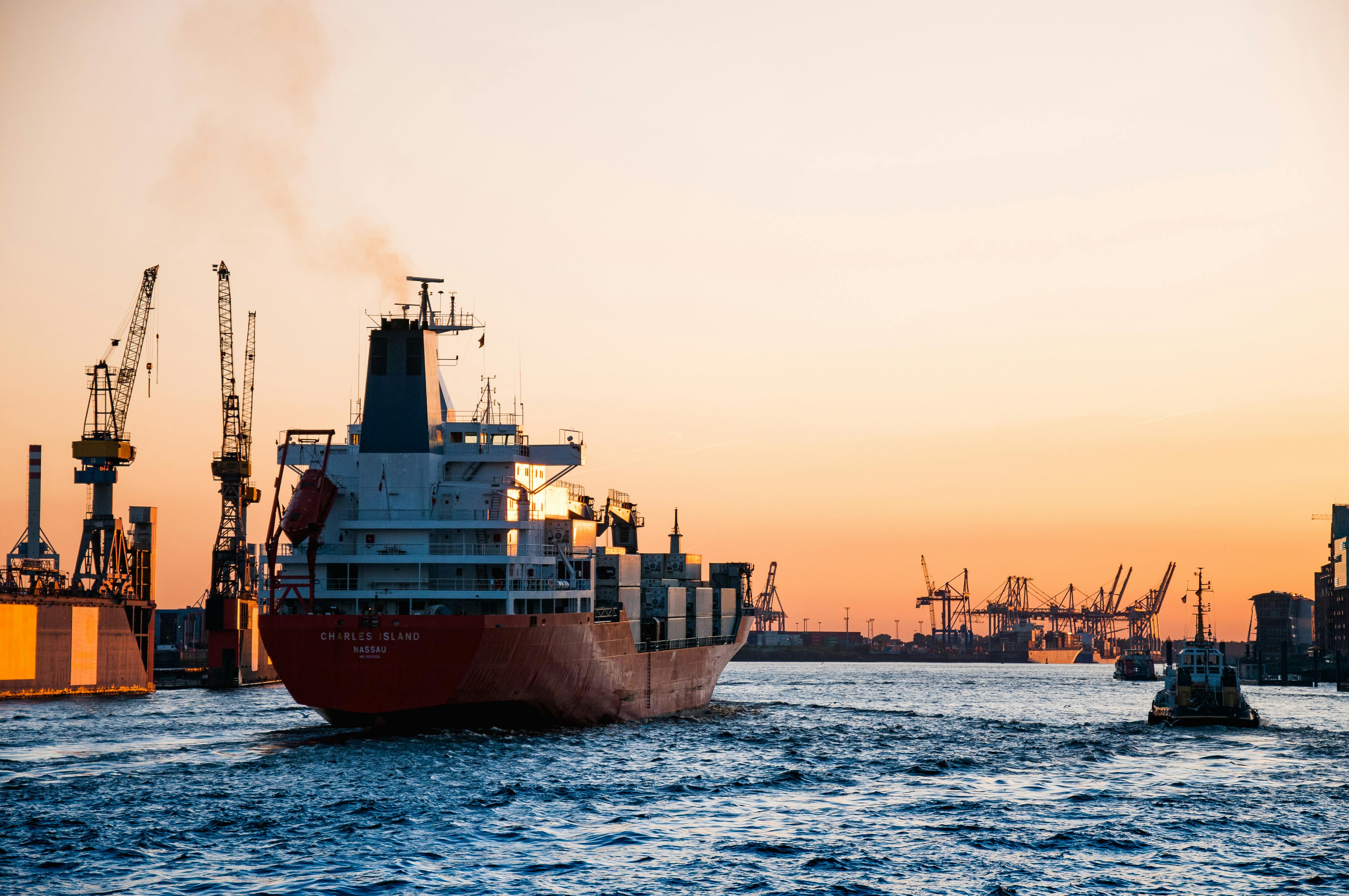
The shipping sector has been hesitant to embrace technology, and there are valid reasons for this. Historically, onboard connectivity has been inadequate and expensive. However, due to technological advancements and heightened pressure to reduce carbon emissions, most shipowners and operators are now more receptive to digitalization than ever. Still on tech, did you know that you can easily get an accounting essay writing service online?
Digital technologies enhance vessel operations and promote increased data exchange between the ship and shore. They also improve efficiency throughout the supply chain.
Shipowners benefit from digitalization advancements that solve their multiple operational difficulties. The world saw its first digital chart table when NavStation launched in 2014. The platform continues to transform over time after existing for eight years to handle navigation issues and boost corporate efficiency. The latest system development includes the integration of port data together with time zones and load lines, AMVER reporting platforms, and more upcoming capabilities.
It’s all about making complexity simpler, at least according to the company behind the tech. The shipping industry – in business and operational aspects – is always in flux, facing new demands, regulations, and commercial factors. The sole certainty is transformation. This presents significant challenges for today’s owners, operators, and crews.
Is Navigation Ready for Tech?
The use of technology in navigation remains essential because it improves both safety standards and operational speed and accuracy in all transportation methods. The system delivers advanced positioning capabilities, current updates, and route optimization features for safer, more effective voyage operations.
The new initiatives leverage digital platforms to strengthen communication networks, collaboration structures, and data judgment systems by gathering, sharing, and analyzing information. The new domain of Maritime Informatics develops information system methods to enhance the maritime industry through digitalization and data management, so ships work efficiently with shore facilities.
A ship’s digital interactions with its environment demand immediate access to data, which must be processed according to time-based and location-based requirements. Operating a ship as a sensor hub and data generator that produces real-time data transmission requires new operational requirements for maritime personnel. The officer must answer two critical questions as part of their current duties.
Officers at sea and shore facilities need methods to evaluate the quality of received information. At the same time, officer roles remain crucial for developing the data/information needed by maritime logistics systems.
Each navigator functions as a network node among maritime navigators and simultaneously serves as a logistics actor in maritime operations. Ship officers use data received from others while providing operational data, which helps others in planning and management tasks. When data sharing occurs, each participant contributes elements of information, which leads to improved situational awareness.
What Are the Benefits of the NavStation?
The NAVTOR Suite brings together digital tools that enhance e-navigation functions while boosting vessel operational efficiency. The system fulfills all requirements which exist both at sea and onshore. This goes beyond mere navigation. A data-oriented intelligent environment links together to form a system that operates as a whole.
The system will continuously monitor and assist decision-making with AI while issuing alerts for urgent situations. A new system performs time-efficient and accurate KPI measurements and environmental reporting tasks, which reduces workloads and improves operational efficiency.
At the heart of the suite is NavStation, the initial planning station that offers navigational information, including weather conditions and environmental criteria, for maritime route planning. A module for automated passage planning enables navigators to obtain and generate necessary documents while organizing journeys conveniently.
NavStation provides numerous advantages for nautical navigation, such as automated route planning, enhanced efficiency, adherence to industry regulations, and decreased workload. It also offers improved data usage, secure data integrity, and superior chart rendering, all aiding in safer and more effective maritime operations.
One notable benefit of the tech has been improved automation and efficiency. Users enjoy automated passage planning that significantly lowers the effort and time taken to generate and manage voyage plans. This can reduce administrative time significantly. Another perk is that the tool comes with business and operational data layers, such as port information and weather routing, which allow informed decision-making. It automates tasks and reports, lowering administrative tasks and reducing the incidence of mistakes. Thanks to improved chart rendering and an intuitive design, NavStation, and similar tools are the future of navigation.
What Is Happening Now?

The NavStation essentially consolidates essential information onto one platform to provide navigators with everything they require for enhanced, safer, and more efficient procedures and decision-making. This is according to Timo Essers, Product Manager at NAVTOR.
“It is in a state of continual development.” We hear the industry, comprehend their requirements, and then take action to enhance features and address issues. That development has been key to its adoption and influence.
He cites NavStation’s Passage Planning module as an example, which gathers data and automates tedious manual tasks, reducing the entire process from an average of 3 hours per voyage to less than 30 minutes.
“According to Essers, this was our response to customer demand and our innovation aimed at providing them with a competitive edge.” “The most recent NavStation update, available now, carries on with that goal.” Presently, the focus is on integrating value.
NavStation introduces IHS Markit port information, time zones, vessel load lines, and AMVER reporting for the initial time on its platform. The system simultaneously performs automated workflow processes while reducing operational costs, enhancing awareness of situations, and decreasing human operational errors. Hetland explains that the system simplifies complex information for better comprehension.
Essers makes it clear that the modifications bring essential value to the process.” “The Extended Port Database launch by IHS Markit delivers users complete and cost-effective precise data, which includes country specifics and port descriptions, berth details, terminal information, and on-site contact information.” The integration of this new dataset into NavStation yields actual value, which produces better insights and enhances port arrival efficiency and departure operations.
What’s the Next Level?
As per Hetland, the team will keep impacting the daily lives of their industry users with upcoming innovations.
“Every new solution or improvement to our products or services brings us closer to our goal of facilitating the most efficient and sustainable shipping for our worldwide customers,” he emphasizes, “but we haven’t arrived at our goal yet!”
“We are dedicated to a process of ongoing innovation and enhancement, and NavStation represents that.”
The forthcoming advancement, he discloses, will involve the incorporation of a top-tier auto-routing feature within NavStation, aiding shipping companies in optimizing routes, enhancing efficiencies, reducing OPEX, and managing complexity effectively.
“United, we can embark on a journey towards a more promising future in shipping,” he grins. “It’s that easy!”





